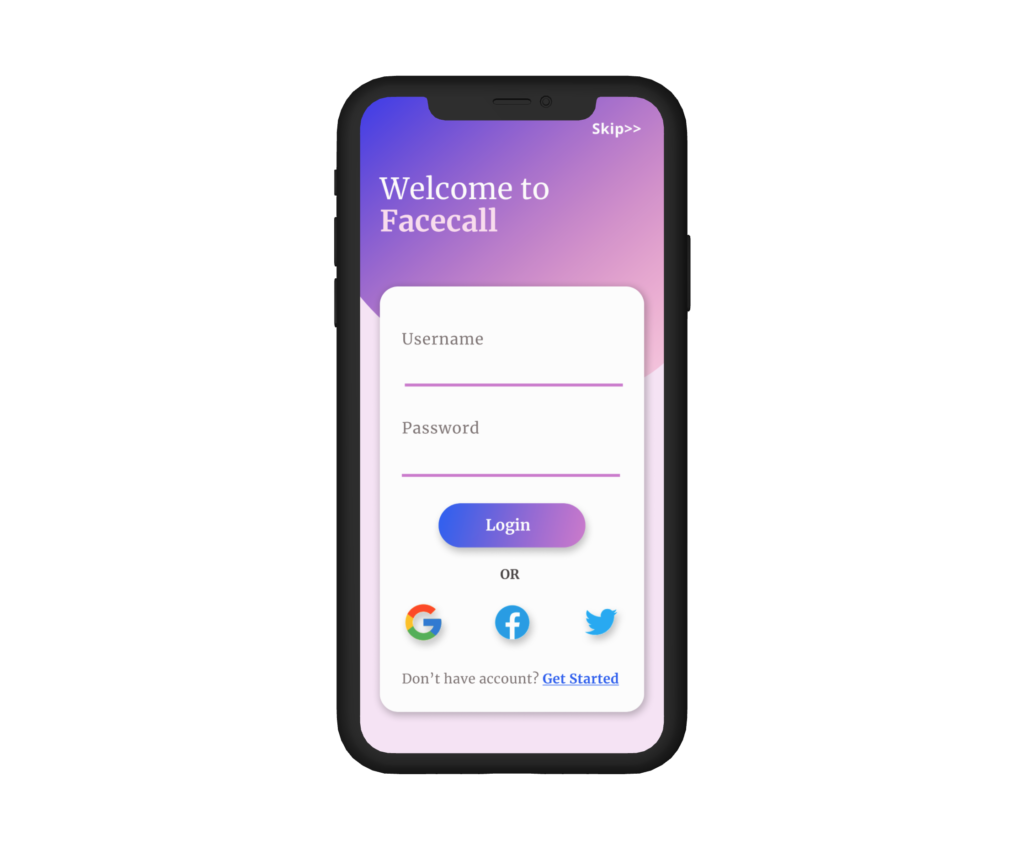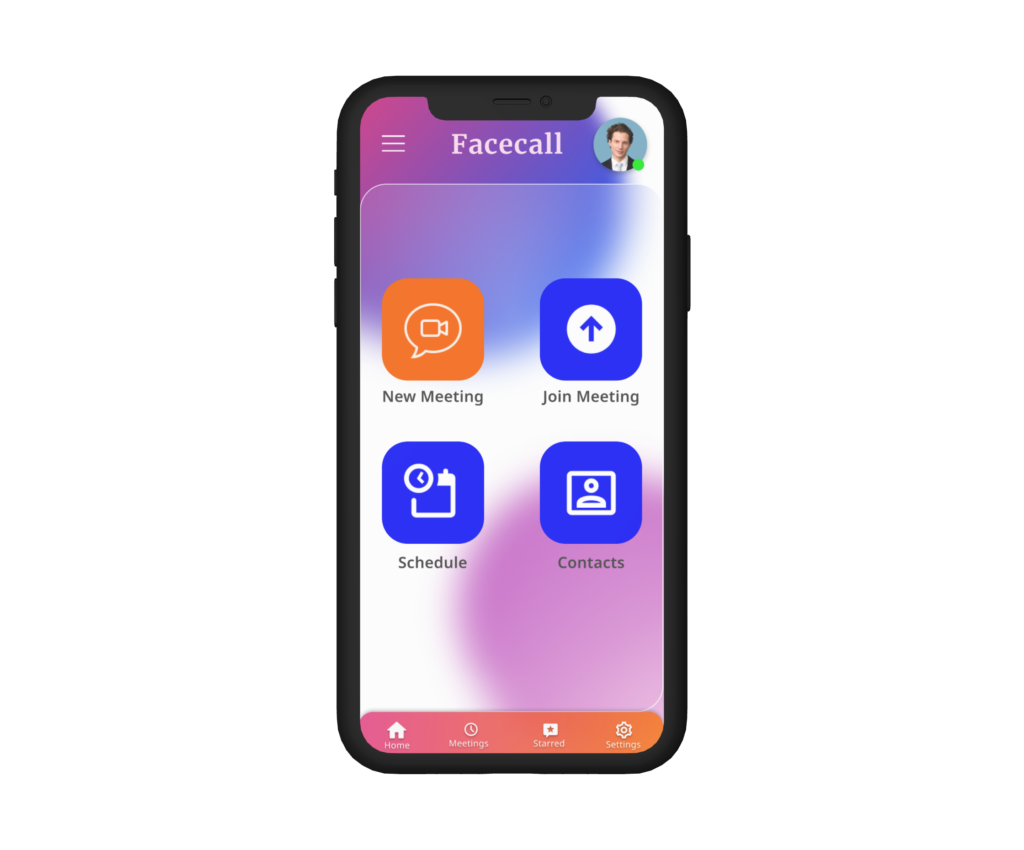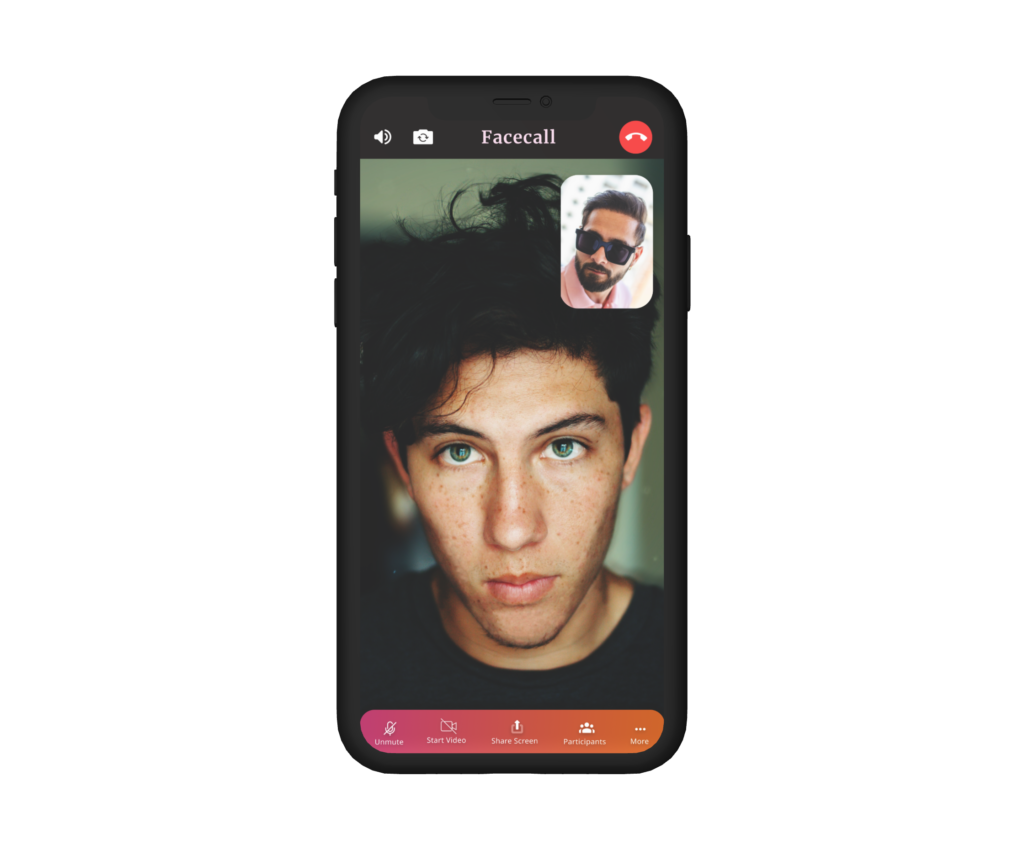What We Provide In Video Conference App
In the modern world, the way we communicate and collaborate has been dramatically transformed, thanks to the advent of video conference apps. These powerful digital tools have revolutionized the way we conduct business meetings, connect with loved ones, and engage in remote learning and telemedicine. Video conference apps have become a lifeline, bridging geographical gaps and enabling seamless face-to-face interactions with just a few clicks.

Benefits of Video Conference App
Video conference apps have transformed the way we connect and collaborate, offering a wide range of benefits:
- Global Reach: These apps break down geographical barriers, allowing people from around the world to connect face-to-face in real time.
- Cost-Efficiency: Video conferencing eliminates the need for travel, reducing costs associated with transportation and accommodation.
- Time Savings: Meetings can be scheduled and conducted without the time-consuming process of physical gathering, saving valuable time for all participants.
- Increased Productivity: Screen sharing, virtual whiteboards, and other collaborative features enhance productivity during meetings and presentations.
- Accessibility: Video conference apps enable remote work, making it easier for individuals to balance their personal and professional lives.
- Education: These apps have revolutionized remote learning, making education accessible to students regardless of their location.
- Healthcare: Telemedicine has benefited greatly from video conferencing, providing patients with access to healthcare professionals from the comfort of their homes.
Features of Video Conference App
Video conference apps offer a rich set of features to facilitate effective communication and collaboration:
- High-Quality Video: Provide crisp and clear video quality for face-to-face interactions.
- Audio Conferencing: Ensure reliable and clear audio quality for participants.
- Screen Sharing: Enable participants to share their screens for presentations and collaborative work.
- Chat and Messaging: Incorporate chat and messaging features for real-time text communication.
- Recording: Allow users to record meetings for future reference or for those unable to attend.
- Virtual Backgrounds: Offer customizable virtual backgrounds for privacy and professionalism.
- Multiple Participants: Support a large number of participants, making it suitable for both small team meetings and large-scale webinars.


Functionalities of Video Conference App
A successful video conference app should encompass a range of functionalities to provide a seamless and productive user experience:
- User Registration and Authentication: Allow users to create accounts and ensure secure authentication for access.
- Meeting Scheduling: Offer the ability to schedule, reschedule, and cancel meetings with ease.
- Joining Meetings: Provide straightforward methods for users to join meetings, whether through links, meeting IDs, or calendar invitations.
- Video and Audio Controls: Enable users to control their video and audio settings, including muting, camera toggling, and adjusting video quality.
- Chat and Messaging: Allow real-time text communication during meetings, including private and group messaging.
- Screen Sharing: Implement screen sharing functionality, enabling users to share their screens for presentations and collaborative work.
- Recording and Transcription: Allow users to record meetings and provide transcription services for accessibility and reference.
- Virtual Backgrounds: Offer customizable virtual backgrounds to enhance privacy and professionalism.
- Security Measures: Implement security features such as encryption, authentication, and access controls to protect user data and privacy.
Technologies, Time Frame, and Cost
Developing a video conference app involves several considerations, including the choice of technologies, time frame, and costs:
- Technologies: Depending on the platform (iOS, Android, or both), technologies like Swift, Kotlin, React Native, or Flutter may be used for frontend development. Backend technologies like Node.js, Ruby on Rails, or Django can be chosen for server-side development. Real-time communication can be facilitated using WebRTC (Web Real-Time Communication) technology.
- Development Time Frame: The development time frame can vary depending on the complexity of the app. A basic video conference app may take approximately 4-6 months to develop, while a more feature-rich app with advanced features could require 9-12 months or longer.
- Cost Range: Development costs can vary significantly based on complexity and features. Basic apps may start at $50,000 – $100,000, while medium complexity apps can range from $100,000 – $300,000, and complex apps may exceed $300,000 in development costs.
